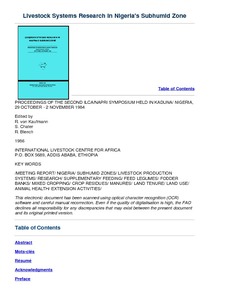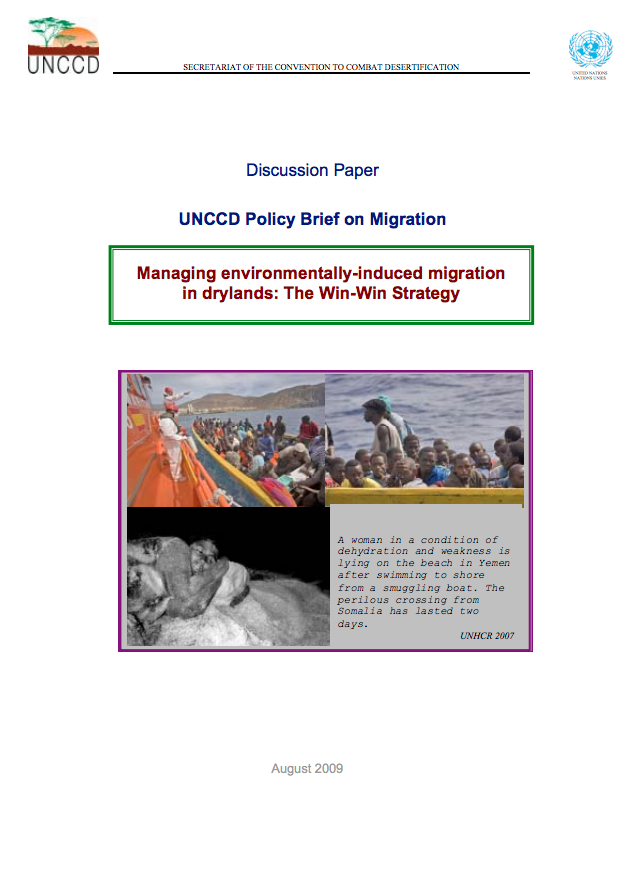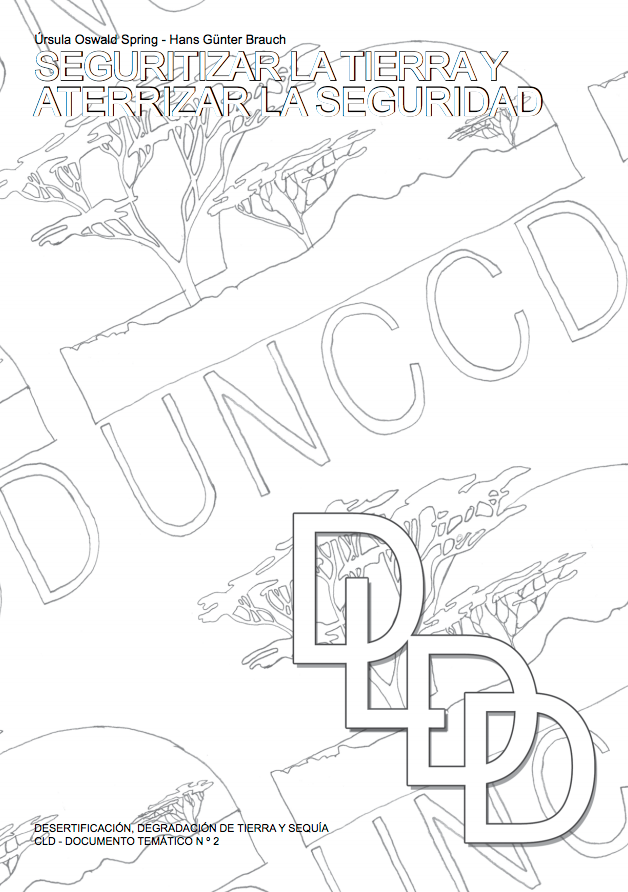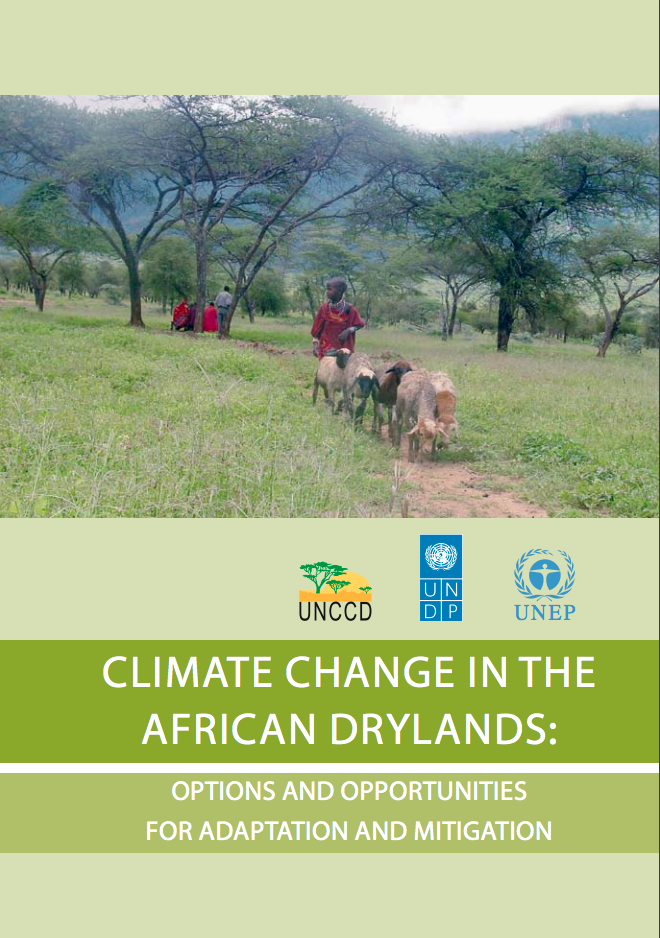Population and land use in the subhumid zone of Nigeria
Presents an overview of population and land use characteristics of the Kurmin Biri, Abet and Ganawwi areas, all in the subhumid zone of Nigeria, with particular reference to ethnic composition, human & cattle population, cultivation densities and extent of fallow land.







